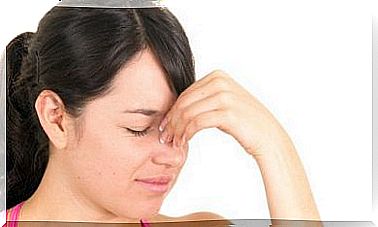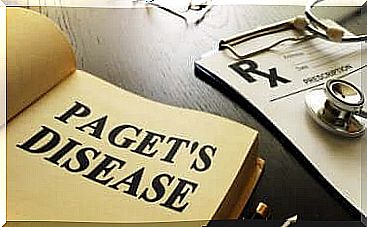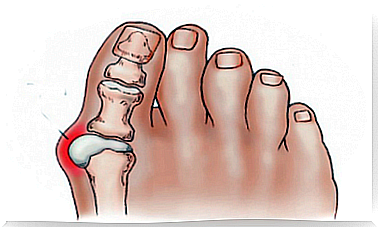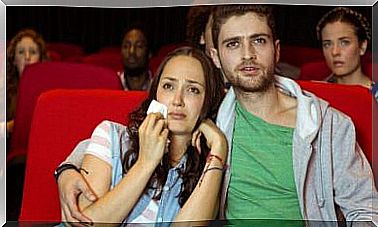Some Tips For Good Visual Hygiene
Visual hygiene is based on very simple measures such as paying attention to your posture in front of a computer, or paying attention to the lighting in the workplace. Find out more in this article!
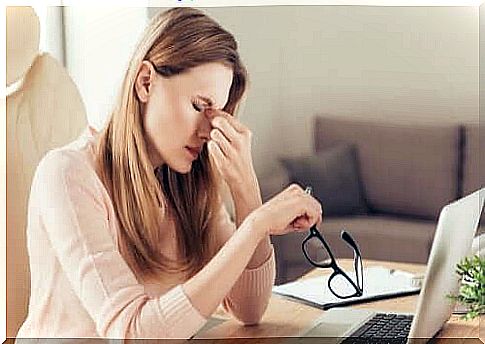
Visual hygiene, while the term is somewhat confusing, does not refer to proper cleaning of the eyes. Rather, it is a medical concept that goes beyond. This is because it is a simple set of rules that are used to control the factors that can cause certain damage to vision.
In other words, visual hygiene consists in modifying certain habits such as, for example, the distance from the book when we read, to take care of our vision. We also define it as visual ergonomics.
These visual hygiene standards have become extremely necessary in today’s society. In fact, today we spend almost all of our days in front of a telephone or computer screen. Whether for work or out of habit.
All this makes our vision more and more problematic. The majority of the population ends up needing prescription glasses. Or suffers from any disorder such as eye strain, myopia or the like.
Therefore, we want to cover visual hygiene in this article as well as the simple rules that can really help prevent or reduce vision problems.
Visual hygiene rules at work

Currently, most professions are carried out in an office in front of a computer or a screen. Likewise, from an early age, children spend long hours in front of a book or looking at a blackboard in class.
This means that, during all these hours, we are continually forcing our eyesight. Moreover, we don’t even pay attention to our posture, and we don’t let our eyes rest. All of this then ends up harming our sense of sight.
When reading or writing, visual hygiene offers a very simple set of rules. If you apply them, you will find over time that your vision is better and that your eyes do not cause you as much discomfort. Here are these rules:
- Pay attention to the posture. This is especially important for children, as a bad habit can have bad consequences in the future. The ideal is to sit with your back straight on a chair. The feet should touch the ground, and you should avoid slouching.
- This first rule leads us to another: choosing the right place of work. It is important that the chair and the desk allow us to be comfortable. Experts recommend a chair with adjustable height as well as a reclining desk according to our preferences.
- Moreover, for good visual hygiene, we must also take care of the lighting. Working in a dimly lit environment forces us to strain with our eyes. But too bright light can irritate the eyes as well. We must therefore use lighting that does not reach our eyes directly and that does not cause reflections on the paper or the screen.
Other guidelines for visual hygiene

Another extremely important aspect of taking care of our visual hygiene is taking breaks. Yes, breaks are absolutely necessary at work or at school. They allow our mind to improve its performance. It’s the same with our eyes.
When we look at an object closely for a long time, the sight eventually becomes tiring. This is why, it is always recommended to take, every half hour, a small moment, even a minute, to rest the eyes.
On the other hand, another essential element of visual hygiene is the distance we are from the screen or the work object. In the case of a book or a screen, it is preferable to maintain a distance more or less equal to that of our forearm.
However, not all rules should apply only in the workplace. This is because simple, everyday activities such as watching TV should also be checked. In this case, it is particularly important to monitor the distance which should be around seven times the screen size.
Conclusion
Visual hygiene includes a series of very simple rules. Take care of your posture in front of a book or a computer, for example. These rules allow us to improve or prevent vision problems.
However, the most important thing will always be to consult an ophthalmologist when faced with the slightest doubt or problem. This professional will be responsible for correctly assessing your vision and will advise you on what is best for you.
